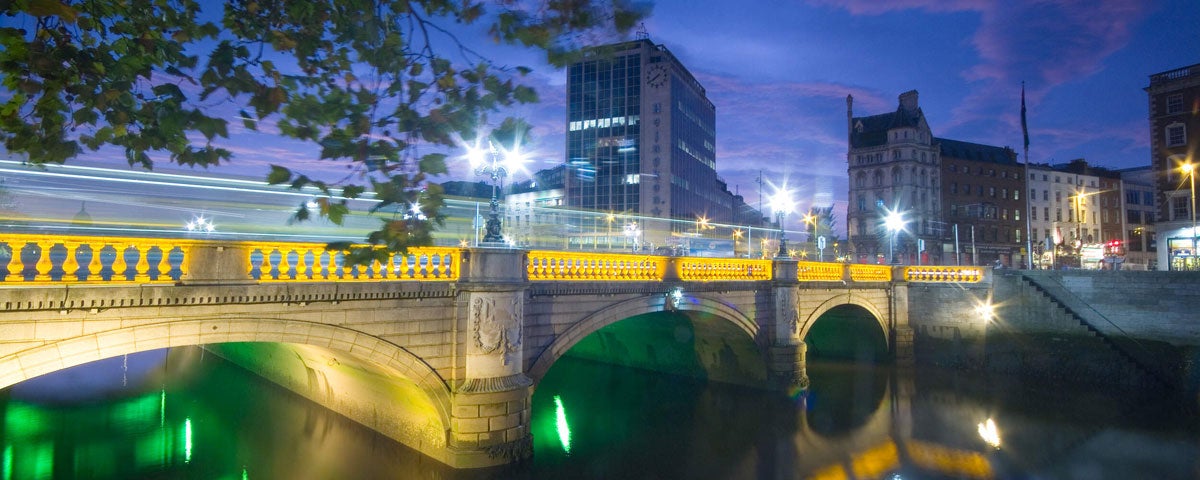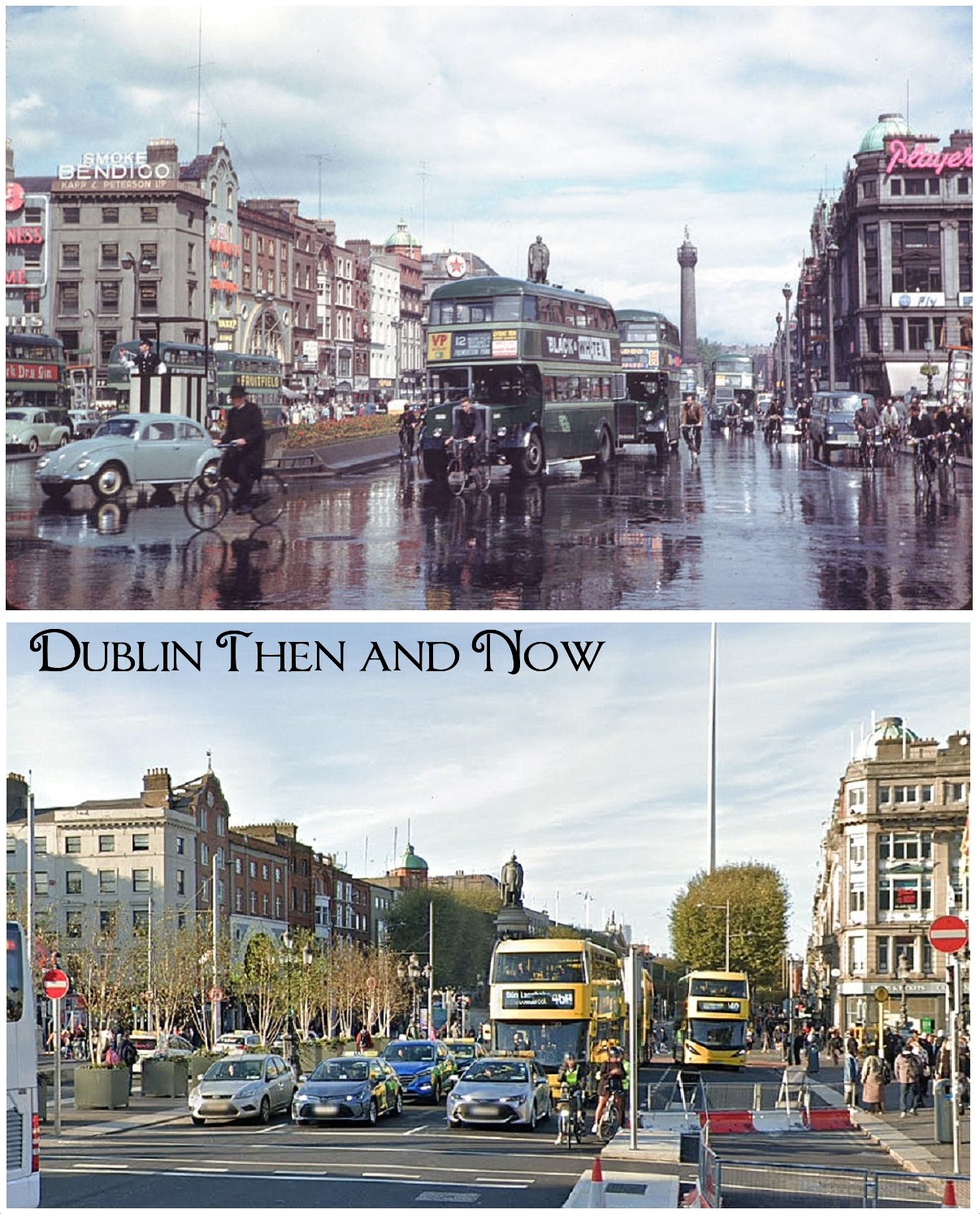
- Address: North City, Dublin 1
The History of O'Connell Bridge
Origins: Carlisle Bridge
In the late 18th century, Dublin experienced significant urban development, prompting the need for improved connectivity between the city's north and south sides. To address this, the Wide Streets Commissioners commissioned a new bridge over the River Liffey. Designed by esteemed architect James Gandon, construction of the bridge began in 1791 and was completed in 1794. Named Carlisle Bridge in honor of Frederick Howard, the 5th Earl of Carlisle and then Lord Lieutenant of Ireland, the structure featured three elegant granite arches, a Portland stone balustrade, and ornamental obelisks at each corner. A notable keystone carving by Edward Smyth depicted Anna Liffey, personifying the river itself.
Transformation: O'Connell Bridge
By the mid-19th century, increased traffic and urban expansion rendered the original Carlisle Bridge inadequate. In response, a major reconstruction project commenced in 1877 under the guidance of engineer Bindon Blood Stoney. The bridge was widened and flattened to align with the broader Sackville Street (now O'Connell Street), resulting in a structure that is uniquely wider than it is long. The revamped bridge, completed in 1880, retained the original arches while incorporating new balustrades and lamp standards. In 1882, coinciding with the unveiling of the Daniel O'Connell monument, the bridge was officially renamed O'Connell Bridge to honor the prominent Irish political leader.
A Civic Landmark
O'Connell Bridge has long been more than a mere crossing over the Liffey; it has served as a central stage for Dublin's civic life. From public gatherings and political rallies to everyday commutes, the bridge has witnessed the city's evolving history. In recent years, restoration efforts have reinstated its distinctive five-lantern lamp standards, preserving its historical charm. A touch of modern folklore was added in 2004 when a mysterious plaque dedicated to the fictional "Father Pat Noise" appeared on the bridge, capturing the public's imagination.
Legacy
Today, O'Connell Bridge stands as a testament to Dublin's rich architectural and cultural heritage. Its unique dimensions and central location make it a notable landmark, symbolizing the city's continuous growth and transformation.
